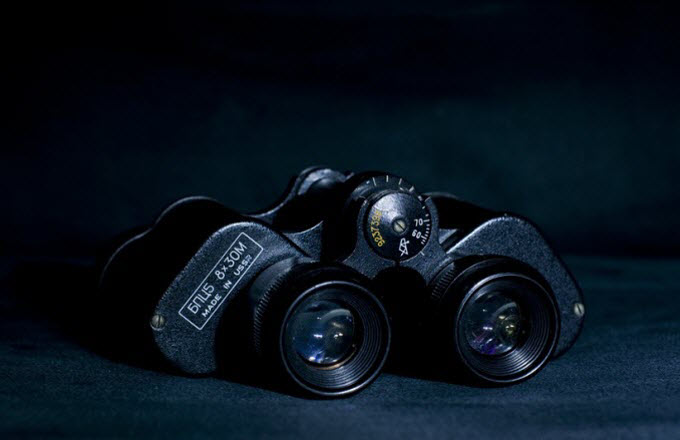Each time a new, higher-resolution sensor is introduced, there is speculation that we’ve reached the theoretical limit of what is possible with today’s technology. As pixels get smaller, image quality suffers. In particular, smaller pixels mean a lower native ISO, and in turn a decrease in low-light image quality. Small pixels also start to be effected by the diffraction of light as it passes through the camera’s aperture. Pushing these two constraints to the limit, Canon has created a stunning 250-megapixel sensor prototype that could be used in a DSLR.
It is an APS-H-size sensor, about 80% of the length and width of a full-frame sensor, and slightly larger than the popular APS-C format. Given its 19,580 x 12,600 pixel resolution, that means each pixel is about 1.5 microns — almost the same as in an iPhone 6. So you could imagine the new sensor as an array of 30 perfectly-aligned, very-high-speed smartphone sensors. It shows its high speed by being able to write out over 1 billion pixels per second, enabling it to capture 250MP video at 5 fps.
While Canon is looking to eventually market the new sensor to specialized audiences including surveillance, measuring instruments, and industrial equipment, it may also help pave the way for practical lightfield cameras. The big problem with lightfield products to date, like those from Lytro, is how much resolution they give up to gain their ability to capture dimensionality and alter focus in post-production.























